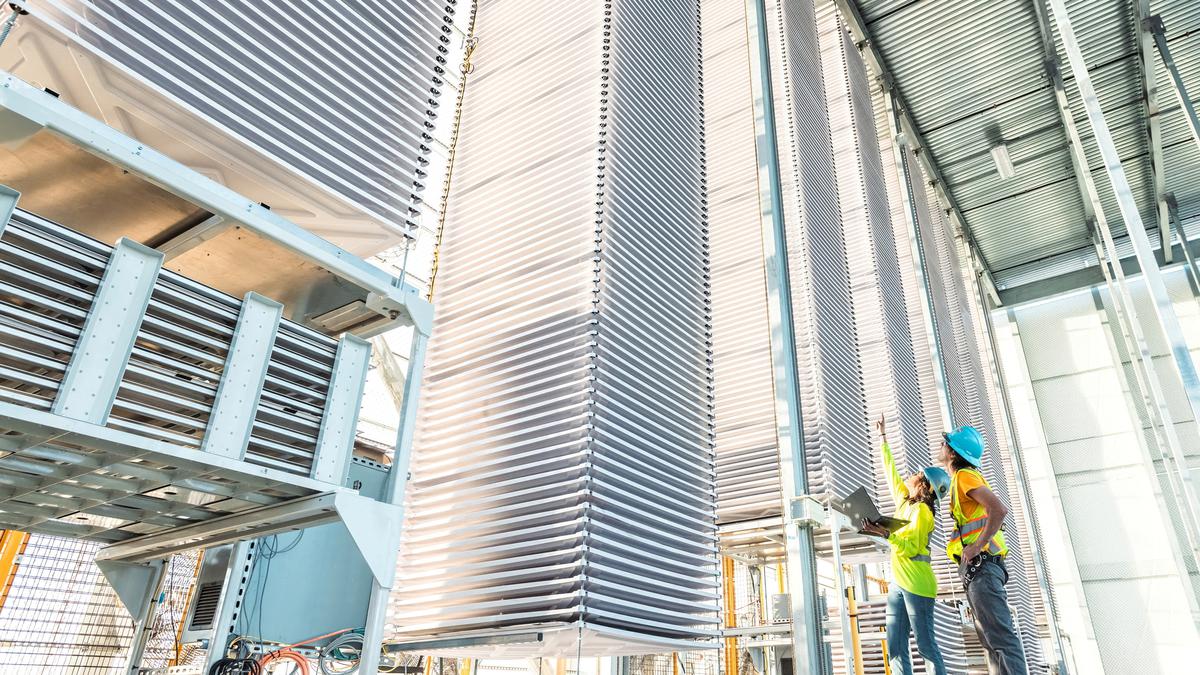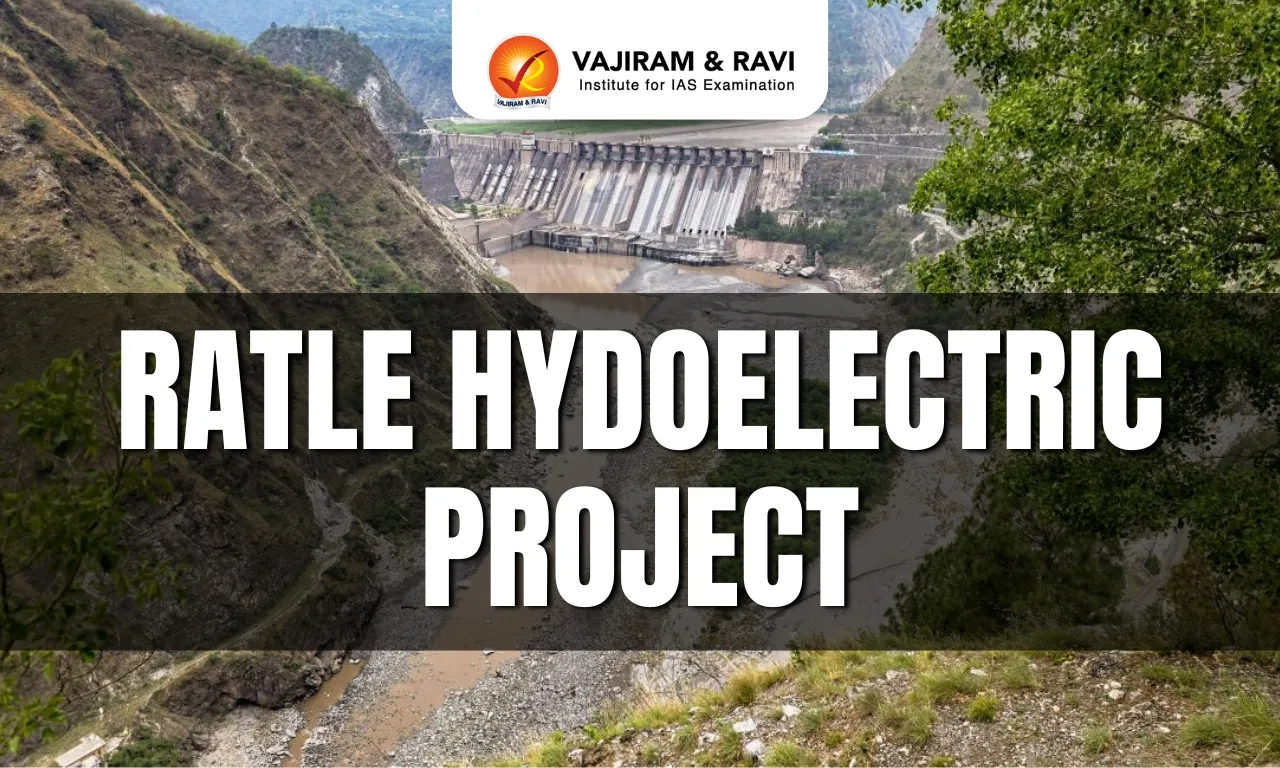About Carbon Dioxide Removal
- It is using technologies, practices, and approaches to remove carbon dioxide from our atmosphere through deliberate and intentional human actions.
- This includes traditional methods like afforestation, as well as more sophisticated technologies like direct air carbon capture and storage (DACCS).
What are the different CDR methods?
- Biochar
- It is the substance produced by burning organic waste from agricultural lands and forests in a controlled process called pyrolysis.
- Although it resembles common charcoal in appearance, the production of biochar reduces contamination and is a method to safely store carbon.
- Biochar
- Pyrolysis involves the burning of wood chips, leaves, dead plants, etc. with very little oxygen, and the process releases a significantly small quantity of fumes.
- Biochar is a stable form of carbon that cannot easily escape into the atmosphere.
- Bioenergy with carbon capture and storage (BECCS)
- It involves bioenergy production often through combustion to generate electricity or heat.
- The resulting CO2 emissions from this combustion are captured and stored underground, preventing them from contributing to the greenhouse effect.
- It sequesters photosynthetically fixed carbon as post-combustion CO2.
- Direct air carbon capture and storage (DACCS)
- It extracts CO2 directly from the atmosphere at any location.
- This captured CO2 is then permanently stored in deep geological formations or used for other applications.
- It uses electricity to remove CO2 from the air.
- · Enhanced rock weathering
- It involves pulverising silicate rocks to bypass the conventionally slow weathering action.
- The resultant product, usually a powder, has higher reactive surface area, which is then spread on agricultural lands for further chemical reactions.
- Ocean alkalinity enhancement
- It involves adding alkaline substances to seawater to accelerate this natural sink.
Q1) What Is Carbon dioxide?
It is a clear gas composed of one atom of carbon (C) and two atoms of oxygen (O). Carbon dioxide is one of many molecules where carbon is commonly found on the Earth. It does not burn, and in standard temperature and pressure conditions it is stable, inert, and non-toxic.
Last updated on December, 2025
→ Check out the latest UPSC Syllabus 2026 here.
→ Join Vajiram & Ravi’s Interview Guidance Programme for expert help to crack your final UPSC stage.
→ UPSC Mains Result 2025 is now out.
→ UPSC Notification 2026 is scheduled to be released on January 14, 2026.
→ UPSC Calendar 2026 is released on 15th May, 2025.
→ The UPSC Vacancy 2025 were released 1129, out of which 979 were for UPSC CSE and remaining 150 are for UPSC IFoS.
→ UPSC Prelims 2026 will be conducted on 24th May, 2026 & UPSC Mains 2026 will be conducted on 21st August 2026.
→ The UPSC Selection Process is of 3 stages-Prelims, Mains and Interview.
→ UPSC Result 2024 is released with latest UPSC Marksheet 2024. Check Now!
→ UPSC Prelims Result 2025 is out now for the CSE held on 25 May 2025.
→ UPSC Toppers List 2024 is released now. Shakti Dubey is UPSC AIR 1 2024 Topper.
→ UPSC Prelims Question Paper 2025 and Unofficial Prelims Answer Key 2025 are available now.
→ UPSC Mains Question Paper 2025 is out for Essay, GS 1, 2, 3 & GS 4.
→ UPSC Mains Indian Language Question Paper 2025 is now out.
→ UPSC Mains Optional Question Paper 2025 is now out.
→ Also check Best IAS Coaching in Delhi

















